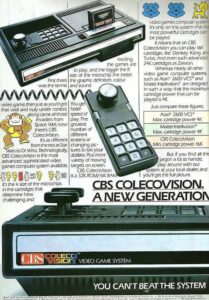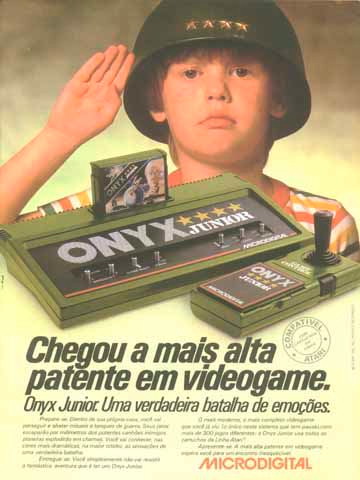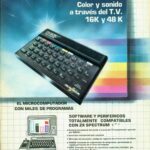
Brand: Microdigital Eletrônica Ltda
Model: TK 90X
Country of origin: Uruguay (PAL-N, Spanish v.1 ROM)
Made in: Brazil
First year of production: 1985
Dimensions: 235 × 146 × 42 mm (feet adds 3 mm)
Weight: 597 g
 Version 1 Portuguese – Version 1 Spanish
Version 1 Portuguese – Version 1 Spanish
Version 2 Portuguese – Version 2 Spanish
This is an unlicensed clone of the ZX Spectrum, developed in Brazil.
(Text continues below the gallery)
During the 1980s, Brazilians were not allowed to import computers. Brazilian regulations allowed local manufacturers to produce and sell copies of foreign computers. Sinclair was aware of the TK 90X, but was unable to sue.
Although very similar in shape, the TK 90X is much taller in height than a ZX Spectrum, because of the heat sink.
The ROM differs from the original Sinclair ROM by replacing the BEEP command with SOUND, the £ and © characters by Σ and Δ and by adding new commands: TRACE and UDG. UDG Ø would produce Portuguese characters; UDG 1 would produce Spanish characters; UDG 2 is an UDG editor. Also the NMI bug was fixed.
There are 2 versions of the ROM. The first can be identified by “Ø Executado” (Portuguese) or “Ø Ejecutado” (Spanish);
the second bug-fixed version displays “Ø OK” like the original English ROM.
The ROM contains error messages for both Portuguese (Brazil) and Spanish (Argentina, Uruguay). The byte at address 1211 determines the displayed language (201 for Portuguese; 208 (v.1) or Ø (v.2) for Spanish).
There was actually only one physical version of the v.1 ROM as the language was selected by the presence of diode D1 on the motherboard to flip byte 1211.
This particular TK90 is fitted with a Ferranti ULA. This meant that it was destined for Argentina or Uruguay because the original 50 Hz Ferranti chip was not suitable for the Brazilian 60 Hz version of the PAL tv-signal (PAL-M). Argentina and Uruguay both use the 50 Hz PAL-N tv-signal. Meanwhile a Brazilian ULA (the MC16845) was created by an Uruguayan and a Brazilian engineer in 6 months time, by reverse engineering the Ferranti ULA using only a tester and an oscilloscope. From then on, Brazilians could also enjoy the TK 90X computers.
The TK 90X has a built-in joystick port, compatible with joystick 1 of ZX Interface 2 (67890). The joystick (Game Controller) is a copy of that of the Coleco Vision, which was released as the Microdigital Onyx, which in turn was used for the Microdigital Onyx Junior—an Atari 2600 clone.




















